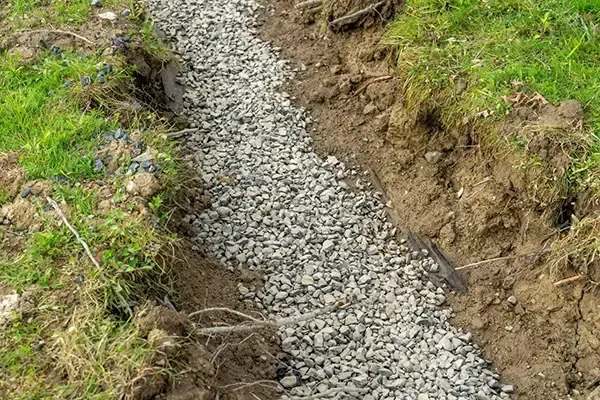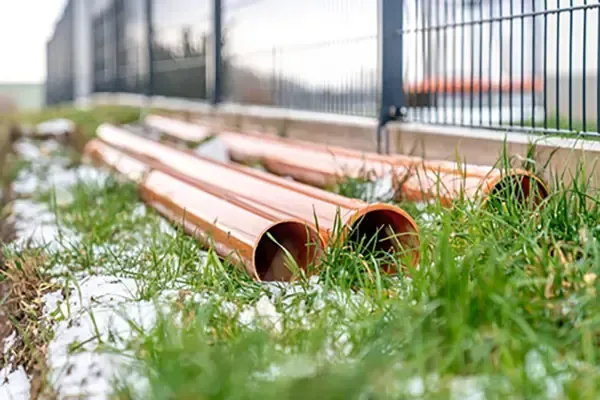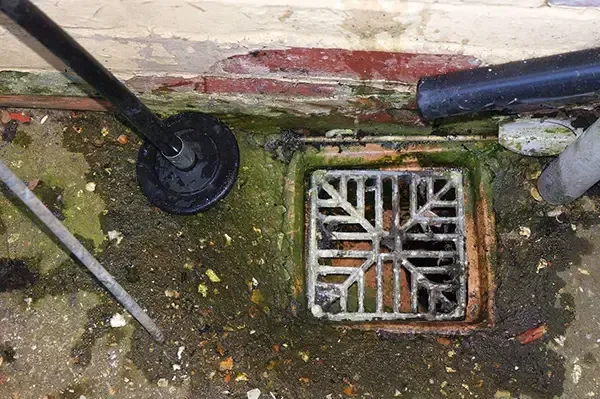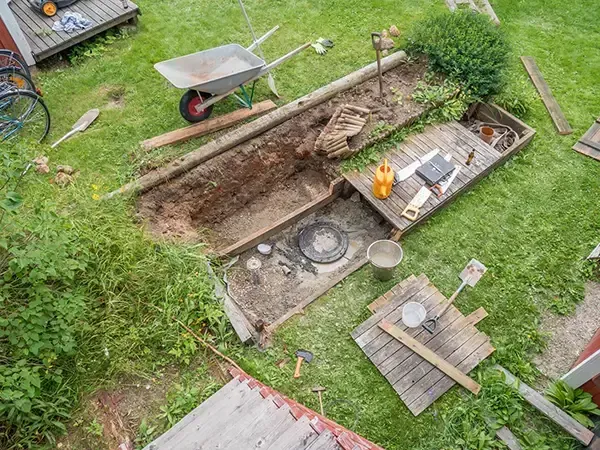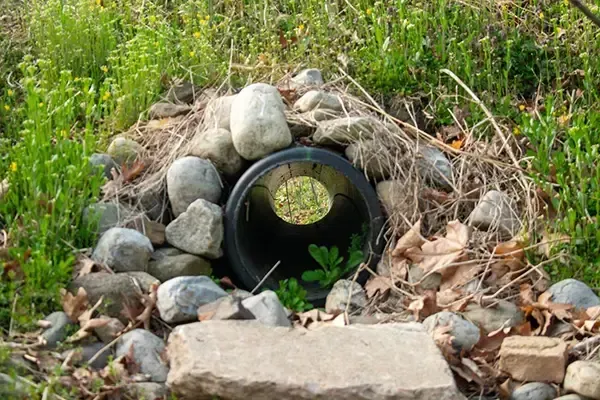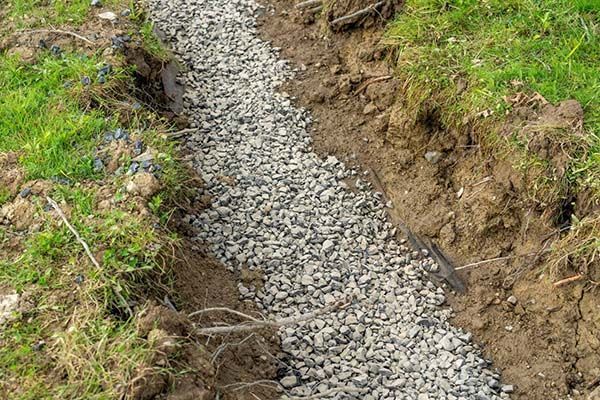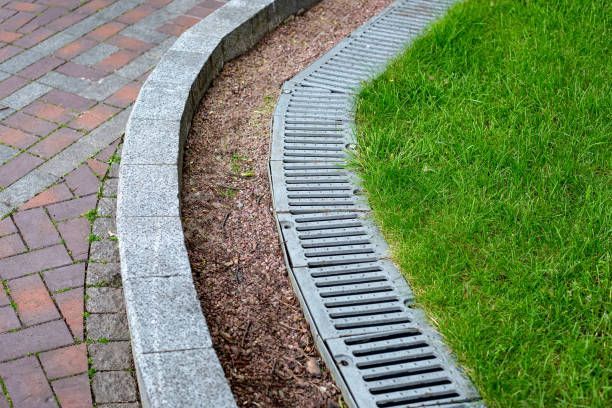What Are the Most Common Yard Drainage Mistakes to Avoid?
What Are the Most Common Yard Drainage Mistakes to Avoid in Houston, Texas

Welcome to our comprehensive guide on effective drainage solutions for your property.
While it might seem like a minor inconvenience, pooling water or soggy areas in your yard can indicate a more significant problem - poor drainage.
These issues aren't just an eyesore; they can lead to severe consequences, such as damage to your property's foundation and potential health risks.
Understanding your soil composition, performing regular maintenance, and finding the appropriate solutions are critical steps towards solving these drainage problems.
Ready to dive in?
Let's embark on this journey to a healthier, better-drained yard together.
Ignoring Signs of Poor Drainage in Your Yard
It's easy to dismiss seemingly minor drainage issues, but ignoring them can lead to significant problems for your home and yard.
Red Flags: Recognizing Poor Drainage:
Water pooling after rain: This is a clear indicator of drainage problems.
Soft, soggy areas: These areas suggest water is not draining properly.
Erosion: Noticeable soil erosion, especially near the foundation.
Standing water: Prolonged periods of standing water after rainfall.
Consequences of Neglect:
Foundation damage: Water pooling can lead to foundation cracks and settling.
Landscape erosion: Water runoff can wash away topsoil and damage plants.
Mold and mildew: Excess moisture creates a breeding ground for mold and mildew, posing health risks.
Mosquitoes: Standing water is a breeding ground for mosquitos.
Proactive Solutions:
French drain installation: Redirects water away from your foundation.
Yard regrading: Slopes the yard to promote proper drainage.
Rain gardens naturally absorb excess water.
Installing drainage ditches: This creates a path for water to leave the yard.
Don't let a minor drainage problem today become a major, costly headache tomorrow.
Pay attention to the signs and take action to protect your home and yard.
Misunderstanding the Importance of Soil Composition
While you might be focused on the visible aspects of yard drainage, understanding your soil composition is equally crucial.
Different soil types handle water very differently, impacting your drainage needs.
Soil Types and Drainage:
Sandy Soil Drains rapidly but retains minimal moisture. This can lead to dry spots and nutrient loss.
Clay Soil: Retains water for extended periods but drains slowly. This can cause waterlogging and poor aeration.
Loamy Soil: A balanced mix of sand, silt, and clay, offering optimal drainage and moisture retention.
Simple Soil Test:
The Ball Test:
- Dampen a handful of soil.
- Attempt to form it into a ball.
- If it crumbles, it's likely sandy soil.
- If it holds its shape, it's likely clay soil.
- A soil test kit can also be purchased at a garden center for a more accurate analysis.
Impact on Drainage Systems:
Sandy Soil: May require irrigation systems to supplement moisture.
Clay Soil: Benefits significantly from French drains, aeration, and soil amendments like compost to improve drainage.
Loamy Soil: Typically requires less intervention, but proper grading and surface drainage are still important.
Importance of Soil Knowledge:
Understanding your soil type allows you to design a drainage system that works efficiently.
It helps you choose appropriate plants that thrive in your soil's conditions.
It prevents costly drainage mistakes and ensures a healthy, thriving yard.
Don't overlook this crucial step. Knowing your soil type can make all the difference between a dry, healthy yard and a perpetually soggy mess.
Neglecting Regular Maintenance of Drainage Systems
Every year, countless homeowners face costly water damage due to neglected yard drainage maintenance.
You might think you're safe after installing a robust drainage system, but that's a common misconception.
It's not a "set-and-forget" deal.
The Illusion of Permanence:
Drainage systems, even well-installed ones, require regular upkeep.
Ignoring maintenance leads to gradual system failure.
Debris Accumulation:
Over time, debris like leaves, dirt, twigs, and even small branches accumulate.
This debris clogs drains, pipes, and outlets, hindering water flow.
Consequences of Neglect:
Water backup: Clogged drains cause water to back up, leading to pooling and flooding.
Pest breeding grounds: Standing water creates ideal conditions for mosquitoes and other pests.
Property damage: Water damage can affect foundations, landscaping, and even interior spaces.
Soil Erosion: Water runoff will find other paths and cause soil erosion.
Essential Maintenance:
Routine checks: Regularly inspect drains, pipes, and outlets for debris and damage.
Regular clean-ups: Remove accumulated debris to ensure unobstructed water flow.
Professional inspections: Consider periodic professional inspections to identify and address potential issues.
Remember, consistent maintenance is crucial to ensure your drainage system functions effectively and protects your property from water damage.
Don't wait for a problem to arise; proactive maintenance is the key to long-term protection.
Effective yard drainage is crucial to maintaining a healthy yard and home.
Ignoring signs of poor drainage, misunderstanding the importance of soil composition, and neglecting regular maintenance of drainage systems are the most common mistakes people make in Houston, Texas.
By being proactive, understanding your specific yard conditions, and working toward a tailored solution, you can avoid these common pitfalls and ensure a well-drained, viable yard.
Remember, a well-drained yard is not only pleasing to the eye, but it also contributes to a safe and healthy living environment.
